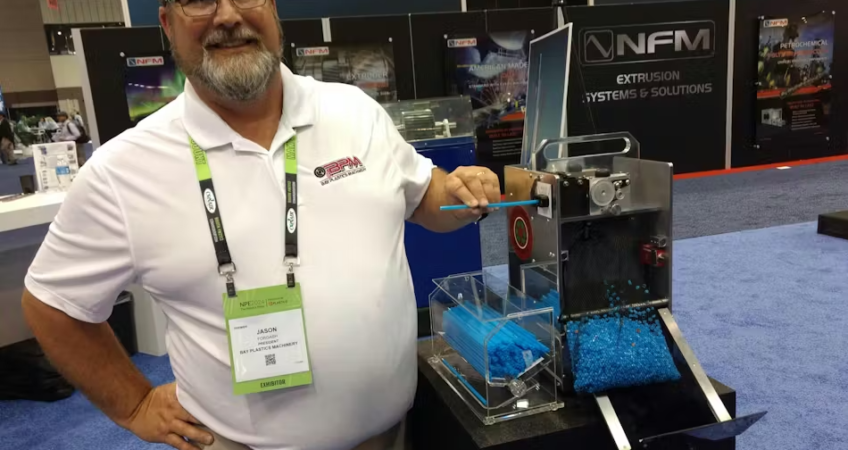Bay Plastics Machinery President Jason Forgash has devised a cutting system for straws so they can be collected and recycled.
On a trip through an airport, Jason Forgash treated his children to frozen smoothies. Unfortunately, the paper straws the restaurant furnished soon turned into unappetizing mush, and the half-full smoothies ended up in the trash.
Forgash thought there had to be a better solution to concerns about plastics pollution than forcing consumers to use paper straws that begin dissolving while still in use.
Click below to read the full article.

